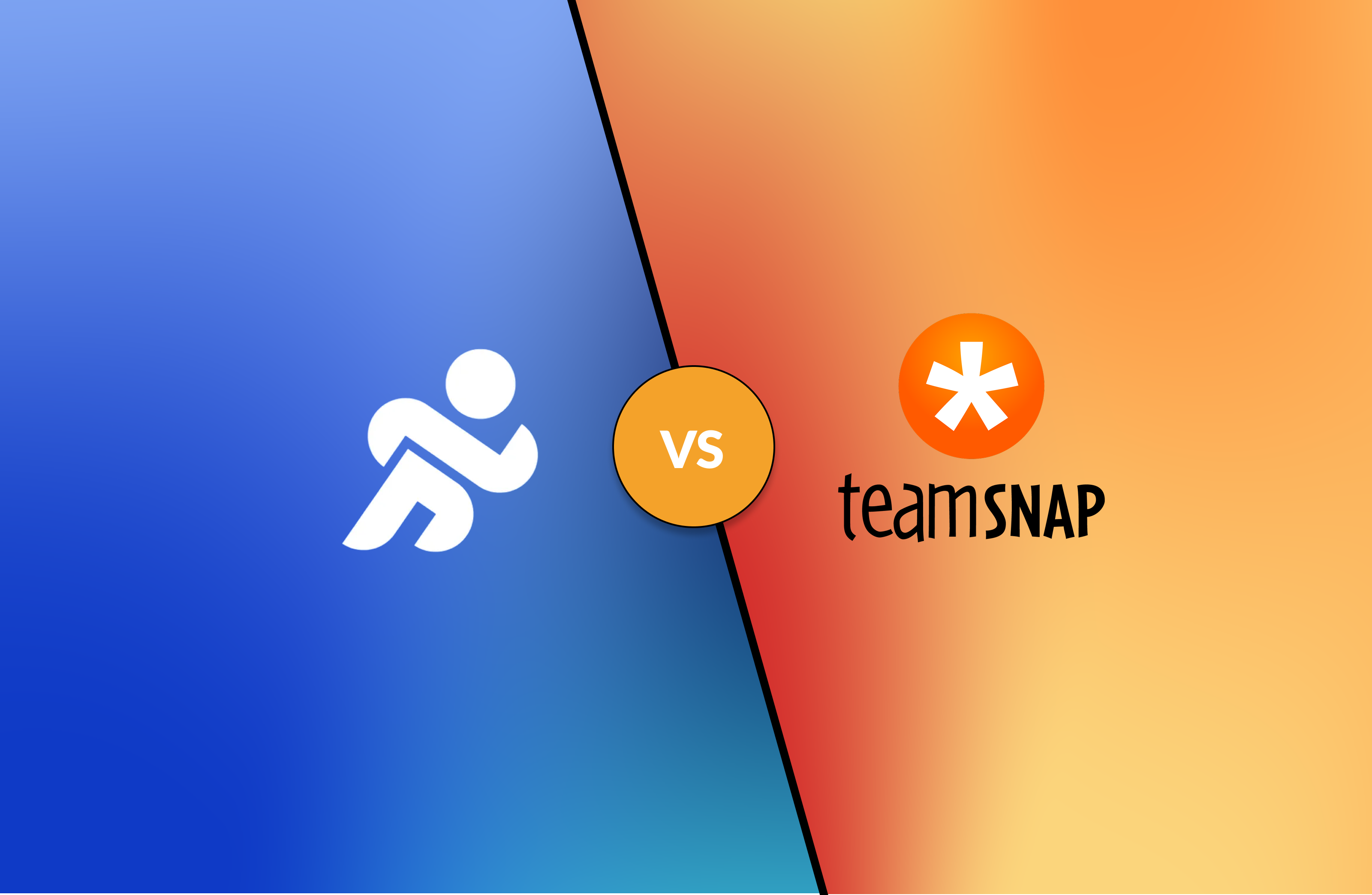How can you limit bullying within your sports organization?

Sport is a source of positive personal development and contributes to the maintenance of good mental health. Sometimes, however, the sporting environment can become a place where violence and intimidation take shape.
According to the INSPQ, “approximately 10% to 15% of young people involved in sports are victims of bullying during training sessions, competitions or any other sports-related event”.
What is bullying in sport?
Bullying is a manifestation of violence committed with gestures or words, which occurs repeatedly and with the intention of harming or hurting someone. It can occur before, during or after a sporting activity.
Conflict should not be confused with bullying. Conflict is when two or more people don’t see eye to eye, whereas bullying is when one or more people regularly make fun of or pick on someone.
Bullying can be done directly to a person during play, in the locker room, during team activities or competitions, or indirectly through rumours and damage to reputation.
Bullying in sports can be :
- Physical (e.g. tripping, pushing)
- Social (e.g. spreading rumours)
- Verbal (e.g. insulting, threatening, ridiculing)
- Material (e.g., stealing or breaking equipment)
*When verbal and social bullying is carried out via information technology or social media, it is referred to as cyberbullying.
Bullying in sport can take many forms. It can take the form of a coach who verbally humiliates and constantly belittles a player, or a player who won’t make a pass to another player even though he or she is available to receive it.
What is cyberbullying in sport?
Cyberbullying is an extension of bullying that occurs on the field and in the locker room. It takes place via technology and social media.
It can take the form of private messages or comments posted on social media that can be seen and shared many times by many people. This is an invasion of privacy.
The consequences of bullying
Bullying can have serious consequences for the psychological health of young athletes, such as anxiety, anger, depression, sadness and so on. Victims tend to have fewer friends and become more isolated.
The consequences can also be felt in the athlete’s sporting involvement. They may be inclined to give up or change sport, and to distance themselves from coaches and teammates.
If a behavior or someone has made you feel uncomfortable or hurt, talk to someone you trust.
What can be done to prevent bullying in sports?
Parents:
- Listen to your child and communicate regularly with him or her.
- Be present at games and practices.
Coaches :
- At the beginning of the year, establish unacceptable behavior within the team.
- At practices, divide the group to eliminate cliques.
- Pay attention to what happens on the field during practices.
- Never ignore behavior that constitutes or could be perceived as bullying.
Organization:
- Clearly communicate that bullying is unacceptable within the organization.
- Train coaches to better understand, prevent and manage bullying.
Assistance program
Anthony Auclair, a well-known NFL soccer player in Quebec, recently became a spokesperson for Sport’Aide. More specifically, the organization’s “À l’action ! Agissons contre l’intimidation en milieu sportif” program, whose mission is to foster a healthy, safe and harmonious sports environment for young athletes.
He explains that, in the past, he was a victim of bullying in sport, which is why he chose to get involved with this organization.
Whether on the field or in the locker room, no one has to suffer threats, insults or abuse of any kind. Together, let’s fight bullying in sports!
MonClubSportif is a platform that allows members of an organization to communicate with each other, and to monitor conversations to limit cyberbullying.
Don't miss our new guide to organizing sports tournaments!
Karl Demers



